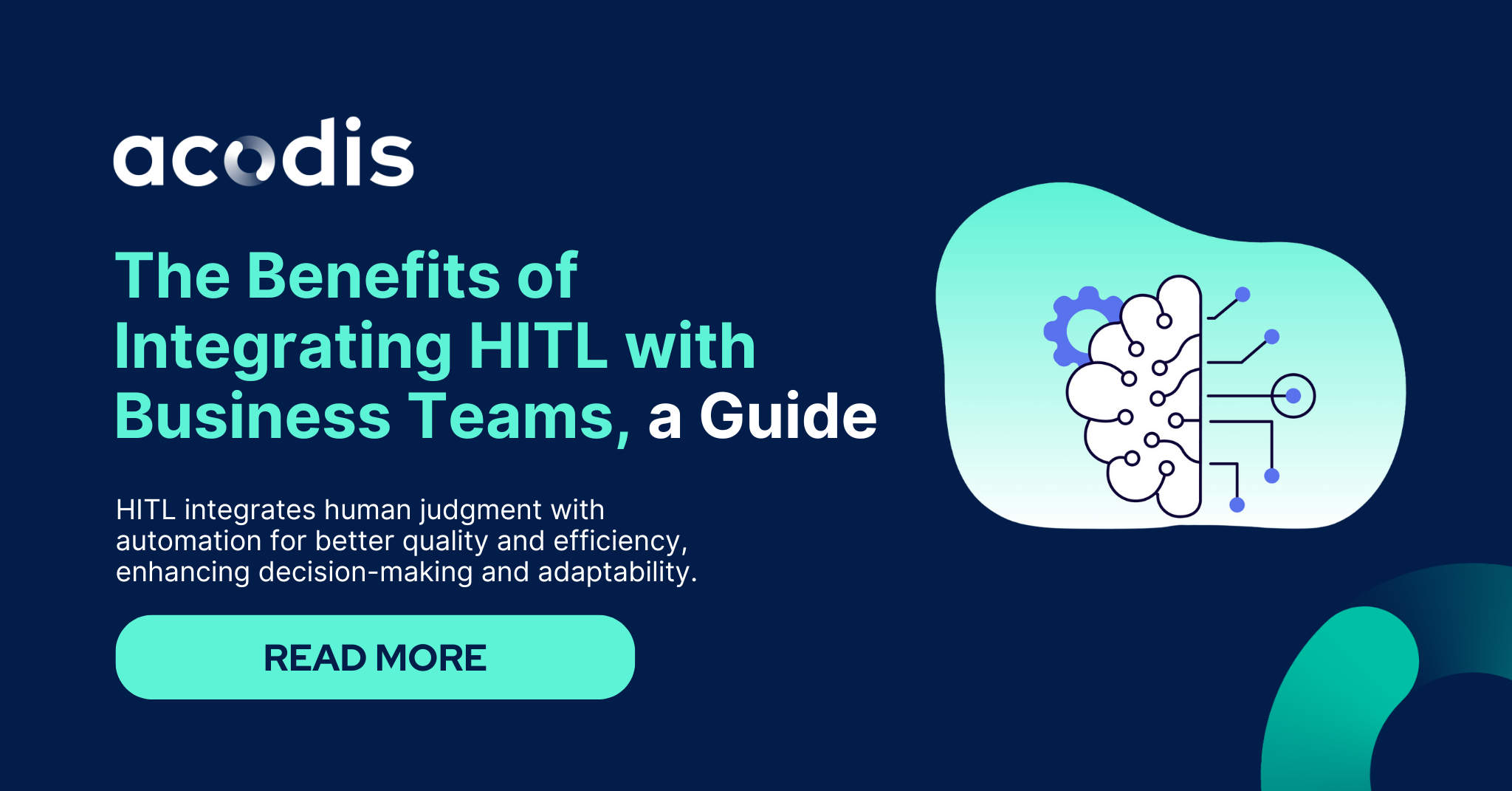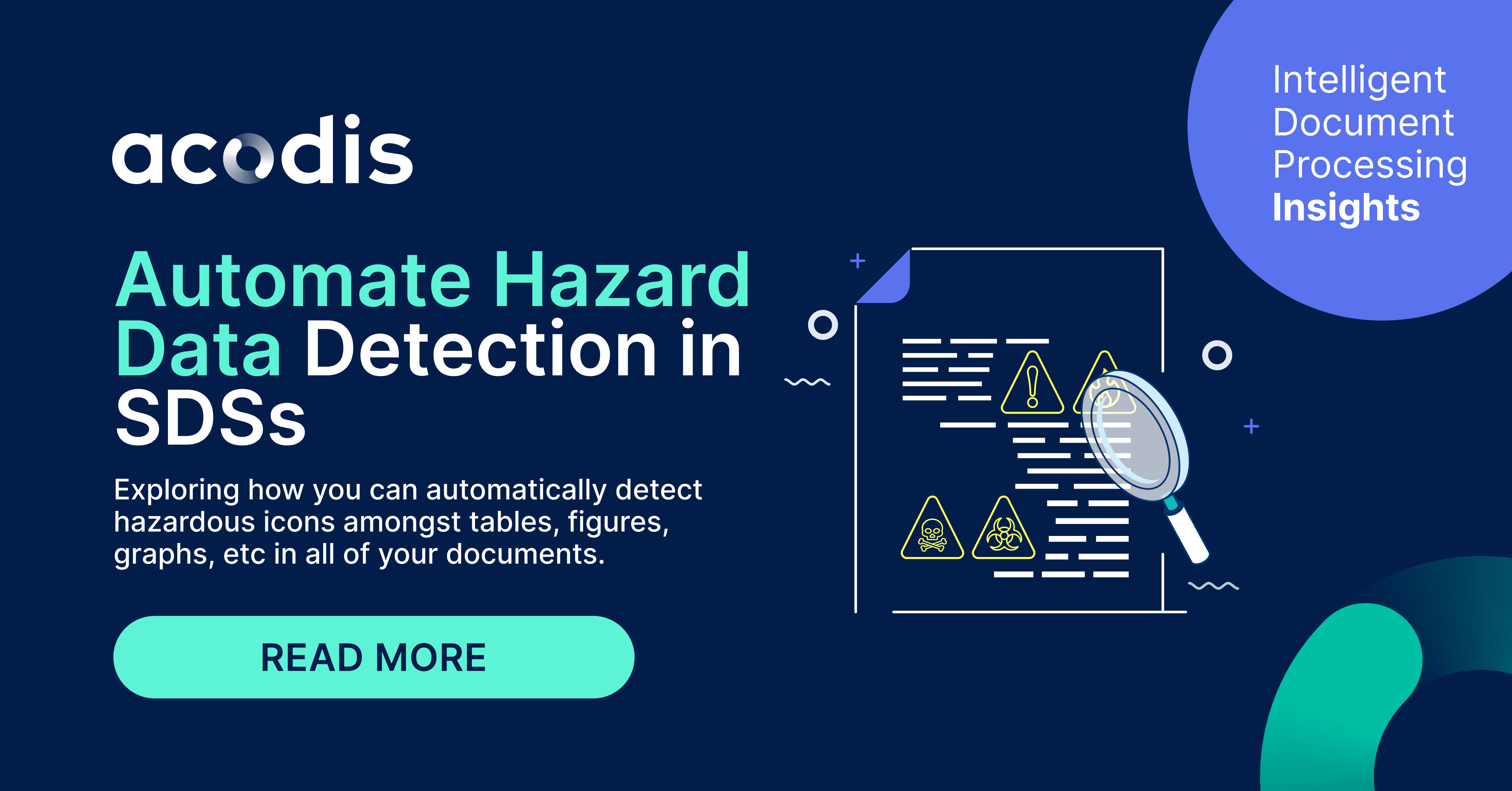According to MIT, data-driven decision-making for businesses can increase their productivity by at least 6%. Yet, barely 0.5% of the world's business data is used and analysed properly. That's where data extraction comes in handy. This post will ultimately explain what data extraction is, what it can accomplish for businesses, and how to extract data effectively using automated data entry software.
Intro
Today, we have access to data more than ever. Businesses need more and more data to understand their company, thrive, and survive. The question is: how do we make the most of it? For many, understanding the concept of data extraction is still blurred – believing that copy/pasting from PDFs is sufficient and, quite frankly, acceptable.
So, what’s data extraction? It’s the process of capturing unstructured data from different sources (e.g., documents) and processing, refining, and storing the data in a way that can be easily accessible and understood by an online system.
Table of Content:
- What is data extraction?
- Types of data extraction
- Why is data extraction important?
- Where can I extract data from?
- What is data extraction software?
- How can we extract data with software?
So...
What is data extraction?
Data extraction typically involves a human or system collecting relevant data from different sources and processing them to a different location. Often, we extract unstructured and semi-structured data and transform them into organised data that machines can easily read.
4 Types of data extraction
Typically, there are four types of data extraction:
Manual data extraction
Humans will look at a document, then will manually enter all relevant pieces of data into an application while needing to double-check for errors.
Rule-based OCR (Optical Character Recognition)
This system relies on strict sets of rules and templates to work and extract data from a source.
Standard Machine Learning (ML)
The machine will receive lots of sources (e.g., documents) that learns over time how to extract data from them. Sounds great but requires lots of effort from humans to start and maintain it.
Acodis Intelligent Document Processing (IDP)
The system combines AI-based Machine Learning and OCR to quickly learn how to extract data from any document type in any language. Human-in-the-loop means that someone can optionally modify how the system is extracting data from their documents.
Why is data extraction important?
Data extraction means more than just collecting data into a spreadsheet for future use, it enables businesses to spend less time on manual data entry and making inevitable errors due to employee fatigue.
Here are some examples:
Leverage competitive research
The key to success for many companies is observing and investigating the activity of competitors - but takes valuable time and effort to go through tons of website pages. However, keeping up with monitoring several businesses can be draining for team members.
Data extraction can ultimately be used to leverage business decisions and competitive research. By automating these processes on rival’s websites, you can instantly get all the information you need without having to hunt it down yourself.
Improving your data accuracy
Research suggests that corporate data grows at an average of 40% a year – but 20% of a typical database is full of information that needs severely organising, something we like to call dirty data. Ultimately, the lack of clean data can damage how businesses thrive, and no matter how long data scientists try and organise it, there’ll never be 100% accuracy.
Data extraction can help take human error out of the picture with the correct system, leading to more accurate results and reducing the adverse effects of dirty data.
Saves time and money
As they say, time is money. With a reliable and efficient way to extract data from documents, companies can save a ton of time with less need to identify and modify errors – meaning that team members can focus on other tasks that will drive revenue.
With processes being executed more smoothly with significantly fewer issues, this can also mean that customers are more satisfied with how quickly their service is handled.
Where can I extract data from?
- PDFs
- Emails
- Invoices
- Payslips
- Excel Spreadsheets
- Etc.
What is data extraction software?
Data extraction software enables companies to capture unstructured and semi-structured data accurately and efficiently, transforming them into clean and organised data that can be easily machine-readable.
Understand the process like this:
Capture data from documents:
%20Capture%20Animation.png?width=200&name=(png%20version)%20Capture%20Animation.png)
This image represents a document being analysed by an automated system, and different types of data points are being extracted.
This is the first step from an automated data extraction system. Data capture is the process of extracting information from a document and converting it into data that is machine-readable. You're able to get structured data in seconds with data extraction software. Tell the system where to look in your documents, what type of data you want to extract, and off you go.
Automate the document processing:
%20Automate.png?width=200&name=(png%20version)%20Automate.png)
The image shows several document types being automated.
Once you have started to capture/extract data using an automated system, you're able to automate this process by using AI. This is possible when the system has gathered enough documents to intelligently learn how to extract data from them without needing a human to verify the output.
Scale to suit your business:
%20Scale.png?width=200&name=(png%20version)%20Scale.png)
Organised documents are now easily processed, and sent to, other team members without hassle.
Share structured data within your organisation and make faster business decisions. Team members are now able to access the structured data within documents without having to search for it. With the right system, you can fully scale the data extraction process to meet your exact business requirements.
How can I extract data with software?
As lovely as it would be to integrate software into your system and immediately let it extract all your relevant data, like a human, it needs to know what to exact and where to find it.
Some types of software require a lot of effort in this stage, like rule-based OCR and standard ML, but others only need simple guidance. Since the world has more than one language, some data extraction software can efficiently work with any data in language – but this will require you to show the software sample documents in that exact language.
E.g., a human can’t learn a language without being shown some phrases/words already.
But as humans, how do we exactly extract the data using this type of software? Well, it’s often an easy process that only requires you to upload your documents to the software, and on some occasions, check to see if the data output is consistently correct.
And that’s all.
Once the extracted data is sent to the location of your choice, often a data warehouse, you’re easily able to analyse and use it via any digital platform without needing to copy/paste any further information manually.
Ready to learn more?
Acodis IDP makes it easy to extract data from any document type in any language – with just a few clicks. Contact us today to learn how Intelligent Document Processing can transform how your business uses data.





